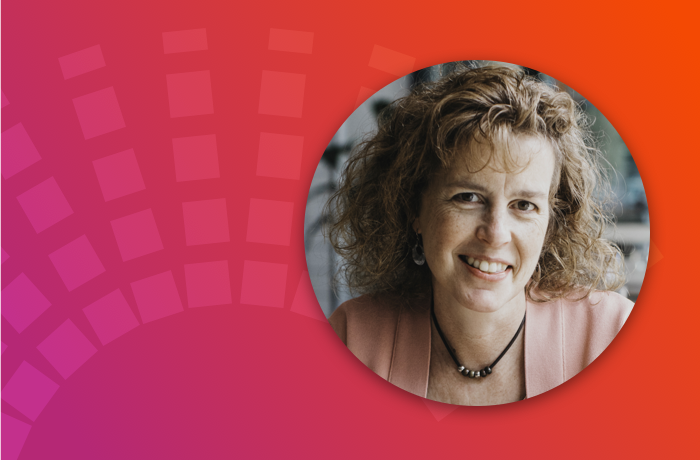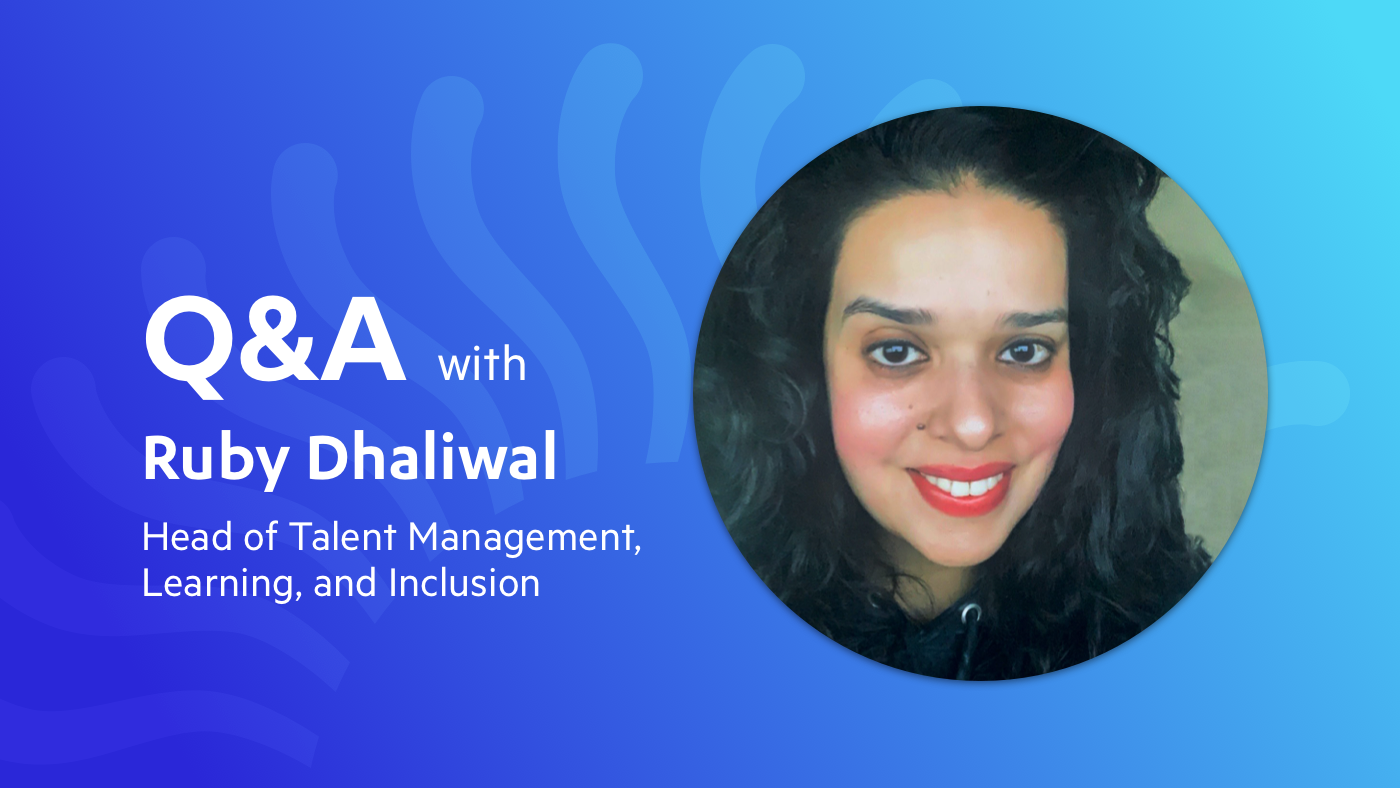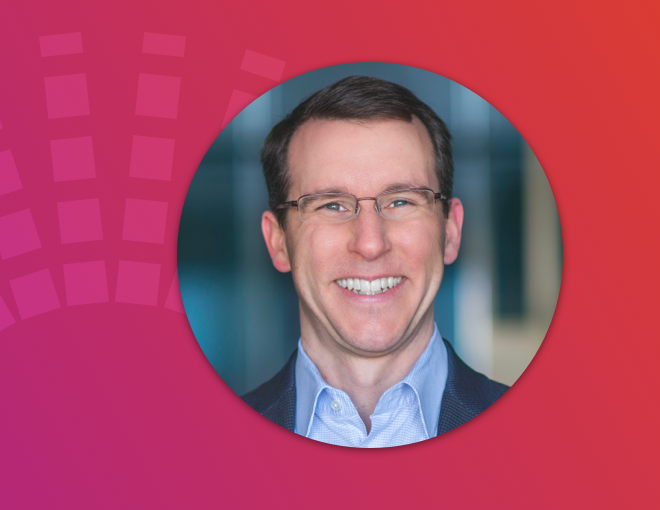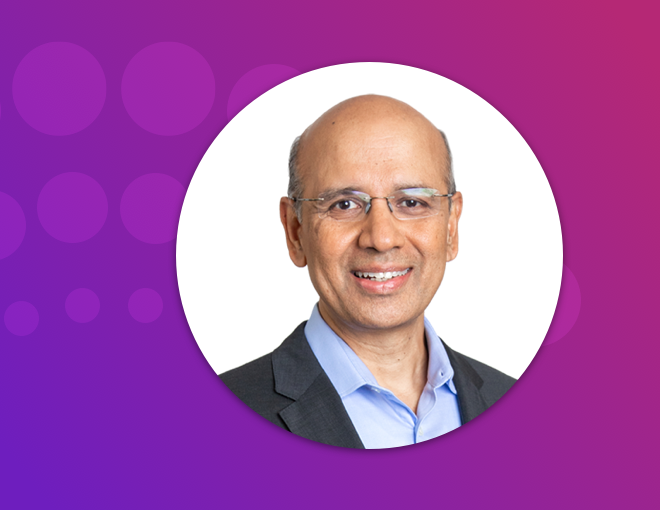In our blog series, Meet Castlight, we feature some of the best hearts and minds that drive our business. In this Q&A, we learn more about Anne Fischer, our vice president of analytics.
Describe your position and how it fits into Castlight’s role as a leader in connected navigation.
As the vice president of Analytics, I lead a team of analysts and data scientists at Castlight. We are responsible for bringing together data about a population’s health and healthcare utilization to provide insights to both internal and external stakeholders on how Castlight is helping our customers. We also provide expert research support for Castlight’s publications and marketing studies, such as this study on COVID-19 and small gatherings and our recent Workforce Health Index. We work closely with our Product and Clinical colleagues within the organization to ensure we are measuring the right things and that the information we provide is used to continually improve Castlight’s offerings.
Why did you decide to join the Castlight team?
I joined Castlight earlier this year after spending more than 20 years working in healthcare analytics. I was drawn to the amazing people and culture, along with Castlight’s mission—making healthcare easier to navigate is both a challenging and inspirational goal that really resonated with me. And the Vera Whole Health merger was an added bonus, as I believe this combination positions us to have an even bigger impact on healthcare.
What’s your mantra?
Do what you love.
I was never that person with a five-year plan or a well-thought-out long-term career goal. All of my best career decisions came from reaching toward the type of work that excited and inspired me. When I came to points in my career when I was no longer growing or no longer enjoying what I was doing, I looked for the next step. It always appeared, and was usually something I never would have planned for five years prior!
What’s a work-related accomplishment you’re really proud of?
Early in my career, I (like many people) was completely terrified of public speaking. At some point, I realized this was becoming a barrier to the kind of work I wanted to do, so I put myself through a self-designed program where I progressed slowly through various stages of discomfort and eventually became comfortable speaking in front of people. I’m no professional public speaker today, but I no longer feel a need to avoid it, and if it’s a topic I’m passionate about, I might even have fun doing it!
What’s the biggest challenge and opportunity for working remotely (or in a hybrid situation)?
Because I was working remotely prior to the onset of the pandemic, I had already learned the challenges of separating home from work when it’s all happening within the same four walls. I watched many others go through the same learning curve in 2020, and I think we all came out of it with a much stronger sense of work-life balance, as well as a greater appreciation of the social relationships a physical workplace can bring.
Working remotely means you have to try a little harder to get to know people on a personal level, and it can be more difficult to foster a sense of teamwork and shared culture. (On the other hand, one of my favorite things when interacting with my colleagues remotely is seeing their homes, children, and—my favorite—pets! In some ways, it seems we get to know each other better by catching a glimpse into each other’s non-work lives.)
But while working in an office might provide an easier path to establishing personal relationships with colleagues, in my experience it’s never been the best setting for deep, focused work. A hybrid situation can give you the best of both worlds by allowing some in-person work along with the “alone time” we all need to do our jobs well.
What are you most excited about as the next innovation in digital health?
Being from Detroit, I grew up steeped in the culture of the automobile. Many people think Henry Ford invented the modern automobile, but this is incorrect. Henry Ford’s important contribution was the creation of the first conveyor belt-based assembly line in the early 1900’s, which was used to manufacture the Model T. The Model T is widely viewed as the first successful mass-produced automobile, allowing car ownership to be achievable for most Americans.
Technically, Karl Benz is credited with inventing the first car in 1885. However, a series of both successful and failed experiments by many other individuals, dating over 100 years prior, laid the building blocks for both Benz’s and Ford’s advancements. (You can read more on this topic here! I find it fascinating.)
The current digital health space reminds me of this pre-Benz-Ford period—it feels like a thousand tiny experiments occurring simultaneously, some of which are succeeding and some of which are failing, but all of which are laying the foundation for a future. What excites me is to see how these begin to resolve and come together, and what the “conveyor belt-based assembly line” inflection point will be that leads to real change in the way healthcare is delivered and consumed.
What are you passionate about outside of work?
Gardening, animals, and books.
I’m an avid gardener and received my Master Gardener certification several years ago. As part of that program, I volunteered to teach nine-to-11-year-olds the basics of gardening through our local 4H organization. Our two-acre property has more gardens than I can effectively take care of—yet I’m currently planning the next one!
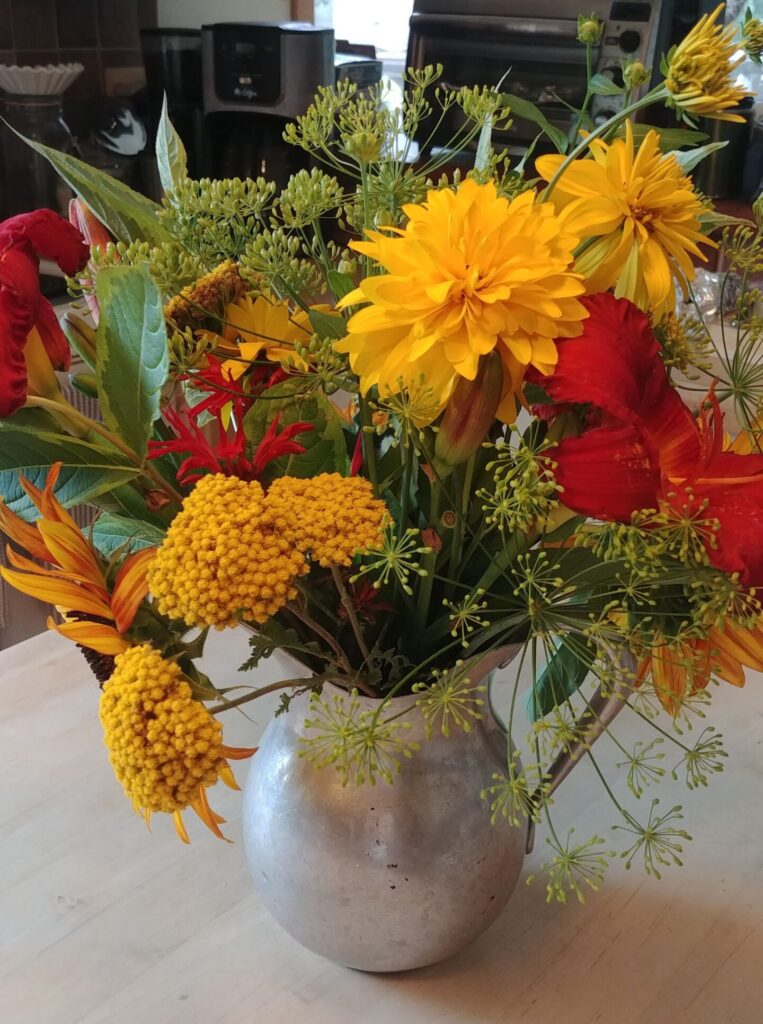
Along with my husband, my “fur kids” are my nuclear family. We currently have two dogs and two cats, all of whom are extremely spoiled and loved. I recently made my third trip to volunteer at Best Friends Animal Society in Utah, which I highly recommend to anyone who loves animals and incredible canyon views!
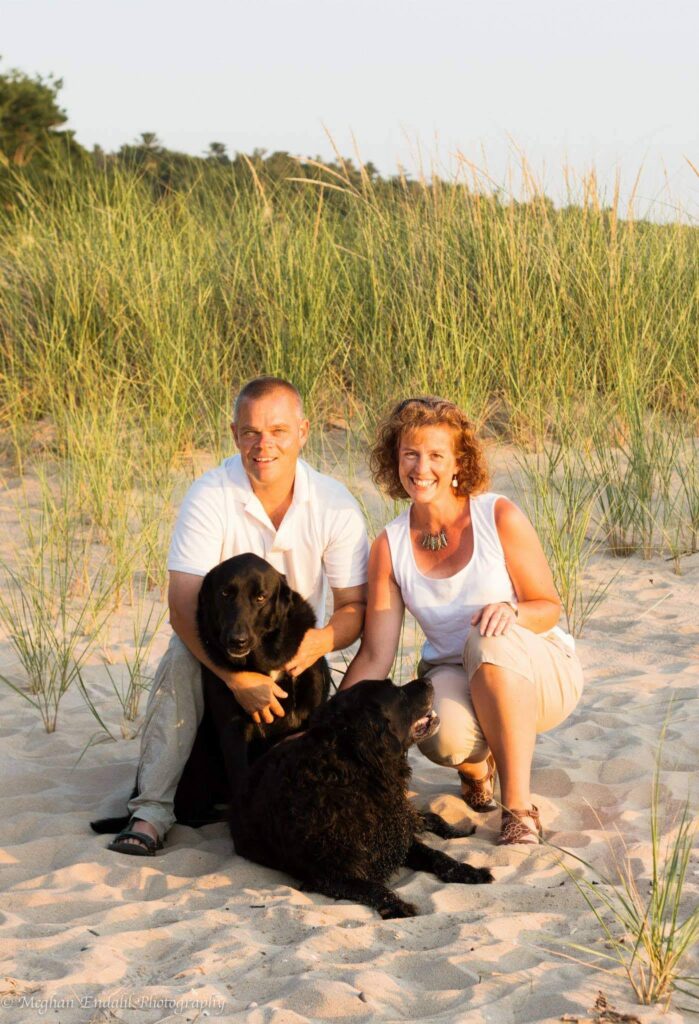
Books have been a passion since I was very young. I was lucky enough to grow up in a house that valued reading, and it continues to be one of my favorite escapes. Although I have an e-reader now, nothing beats the feel of a physical book in my hand and a long afternoon in which to read it.
